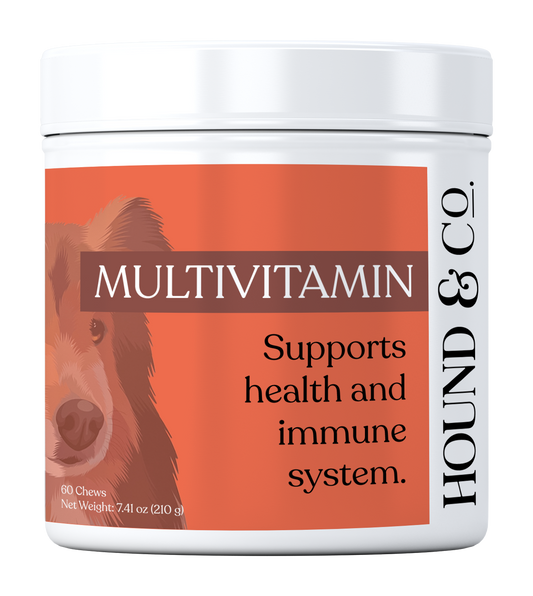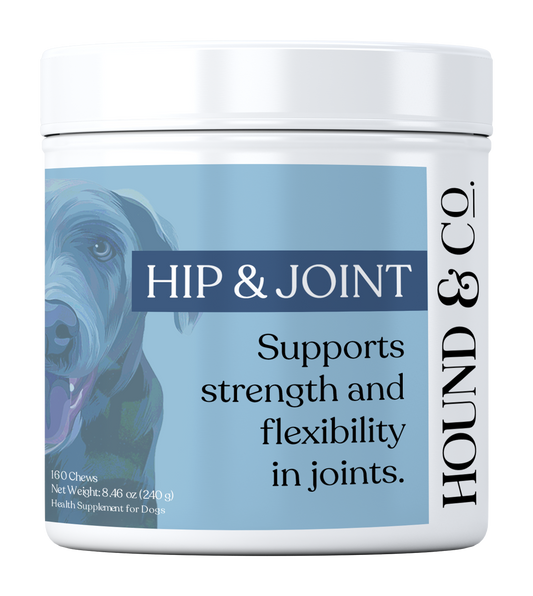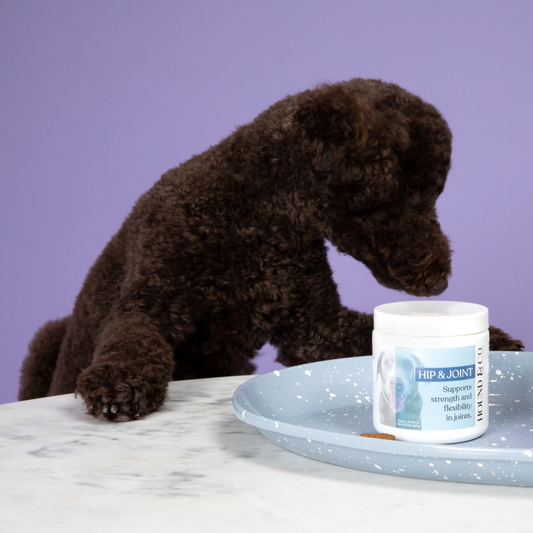Osteoarthritis (in dogs)

Vet Reviewed by Dr. Jacob Klos, DVM

Osteoarthritis, also known as degenerative joint disease, is a common condition where degeneration of joint cartilage and the underlying bone causes pain and stiffness. Although there is no cure for osteoarthritis it is important to identify the pathologic condition early to help prevent rapid progression and improve your pet’s quality of life.
There are certain risk factors such as large breed dogs, obesity, age particularly middle-age-to senior dogs, underlying orthopedic issues such as luxating patella, hip dysplasia, prior fractures, genetics, improper nutrition, and others. However, all dogs can develop some form of osteoarthritis.
Signs of osteoarthritis can include stiff gait or lameness, difficulty laying down or rising, trouble posturing to urinate or defecate, unwillingness to play or jump, loss of muscle mass, or even pain when being petted. Regular evaluations of your pet by a veterinarian can lead to early and accurate diagnosis of this condition.
Therapy of osteoarthritis should take a multi-modal approach. Weight management, joint supplements, activity modification, rehabilitation, anti-inflammatories, other disease modulating agents and even certain surgical operations are all therapeutic approaches that can be used for pets. The goal is often to slow down the progression of osteoarthritis while making our pets as comfortable and pain free as possible. Osteoarthritis is a progressive disease and typically worsens with time, fortunately, it can often be managed for a lengthy duration.









